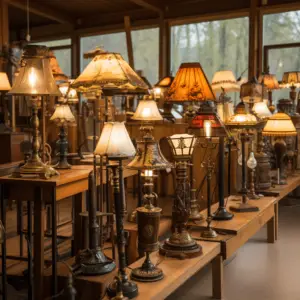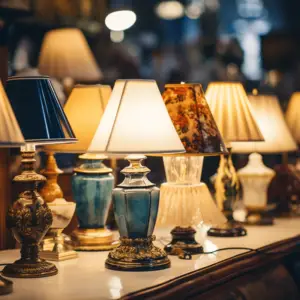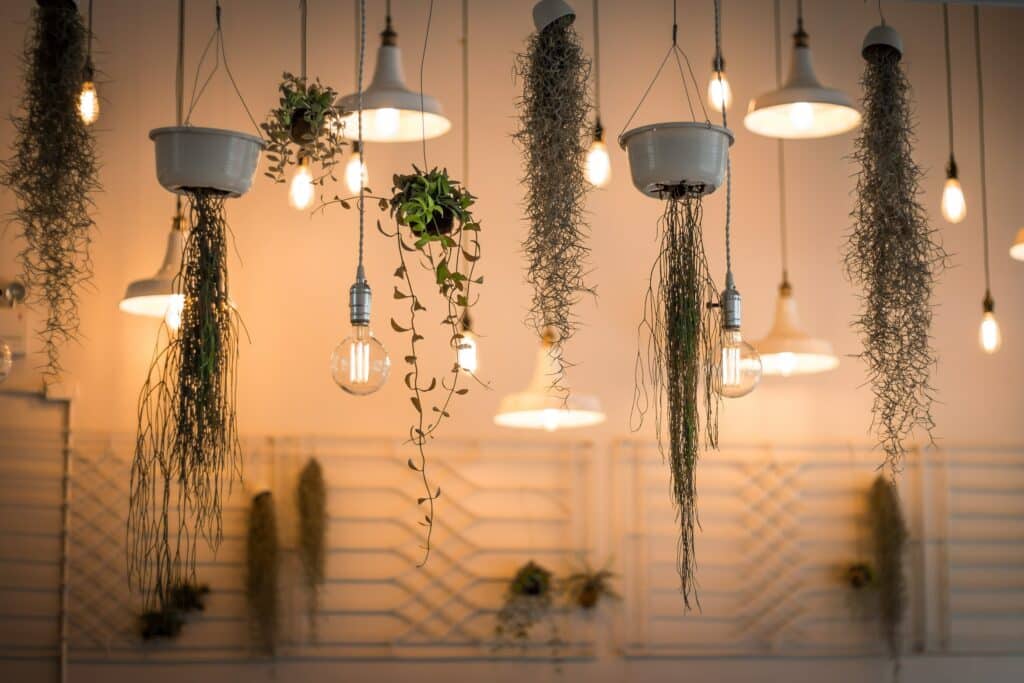Lamps are lovely additions to any environment, including homes, stores, and offices. However, people are frequently taken aback by the price of lamps when shopping for them. What is the reason behind the high cost of lamps?
Several variables cause the high prices of the lamps. The materials used to create the lamp, the lamp’s size, the bulb’s size, the lamp’s base, and so on are some of these considerations. This article will explore why lamps are so costly and how much one should spend on a good lamp.
Table of Contents
Why Are Lamps So Expensive?

Quality of the Materials Used To Make the Lamps
The quality of the materials used in lamp manufacture is one of the most fundamental reasons lamps can be so expensive. In terms of quality, all countries have a benchmark; however other countries have more outstanding criteria. As a result, lamps built in these nations are naturally more expensive due to the higher quality of the components utilized. This high standard, however, is necessary because low-quality lamps might cause fire hazards.
The Manufacturing Process
Because of the complexities of the manufacturing process, lamps can be extremely costly. When making a lamp, numerous considerations must be made. To produce a masterpiece of a lamp whose single presence imparts a fascinating aura to the room, tremendous precision is essential. Luxurious lights from brands like Koket, Tom Dixon, and Baccarat, among others, are well-known for pushing the boundaries of design and quality. It’s critical to sustain the lamp’s life expectancy of a lamp while balancing the light output.
Complicated vs Simple Design
The lamp’s pricing can also be influenced by the design utilized in its construction. Aside from the total cost of its components used in producing a lamp, the design has a price too. Some designs are more unique than others, and as a result, they are more expensive. Lamps produced for mass production may be less costly because original designs are frequently sacrificed in order to have them in large quantities.
Specialized Lamps
Specialized lamps will cost you more than regular lamps. This is because lamps built for a particular purpose must take into account the size of the space, the type of bulb that will be used, and the sort of lighting provided by the lamp.
How Much Do Lamps Cost?
A lovely lamp that is stylish and made of high-quality materials will cost you between $150 and $2000. However, depending on the lamp’s material, the price range of lamps on the market can range from $25 to $2000. A silk and marble lamp may cost up to $2000, yet a regular lamp could cost as little as $25. The brand or manufacturing company is another evident aspect that contributes to the high cost of lamps.
How Much Should One Spend On A Good Lamp?
When it comes to purchasing a lamp, there is no single pricing point that can be recommended. You’ll need to think about what the lamp’s primary purpose will be and how much you’re willing to spend on it. If you only need a lamp for illumination, you won’t have to spend much, but if you want one that will improve or contribute to your home design and last a long time, you’ll have to pay a little more. You do not need to be concerned about the initial expense. The higher the quality, the longer the lamp lasts, and you will have significantly superior lighting and aesthetics experience.
Is Good Lighting Worth The Cost?

Yes, it is worth it. After all, light isn’t only about illumination. The type of light you are exposed to can make all the difference in feeling comfortable, relaxed, or energized. A high-quality lamp with a unique design will not only meet your lighting needs but will also improve the room’s general mood and make you happier with the overall decor.
It’s also worth noting that fantastic lighting is a complex process that can’t be accomplished just by hanging a few lamps about the house. The type of bulb used, the location of the lighting, and the intensity of the light all play a role in making an incredible lighting system in your home. If you have some spare cash and want to put it to good use in your home, lighting is a fantastic place to start. It will be costly, but it will be worthwhile.
Other Frequently Asked Questions
Is it Cheaper to Use Lamps or Lights?
The majority of people want to discover which is cheapest to use: lamps or lights. Every individual can regulate their light consumption costs to save money while still getting good light at home. Knowing how to select the lighting system with the lowest price and highest power supply will save you money.
The cost of power usage is determined by the wattage you use. The cost of lamps and lights in your home is calculated based on the wattage of the globe. For example, the cost of lamps and lights with a 60-watt globe will be the same. As a result, if homeowners wish to save money, they should reduce their wattage.
Is an LED Lamp Cheaper Than an Incandescent Lamp?
LED lamps are less expensive to operate than incandescent lamps. The cost difference is due to the amount of power they use. LED lamps use less energy than incandescent lamps, which use much power. Higher power entails a higher price. It is prudent to minimize the unit power in order to reduce the cost of money spent.
LED lamps have a better brightness while using less power. This is why the majority of people are switching to LED lamps.
Does Plugging Lamps into Receptacles Reduce the Cost of Power?
Many individuals believe that receptacles help to lower the cost of electricity. On the other hand, the receptacle’s purpose is to deliver electricity from the house source to the lamp. They do not affect the wattage unit or the cost.
Watts, as previously stated, are what determines the cost of power. If you consume fewer watts per unit of energy, the amount you pay will be less. The best approach to saving money on electricity in your home is to ensure that all of your lamps are turned off when not in use. This will lower the number of watts used and, as a result, the cost of power.


